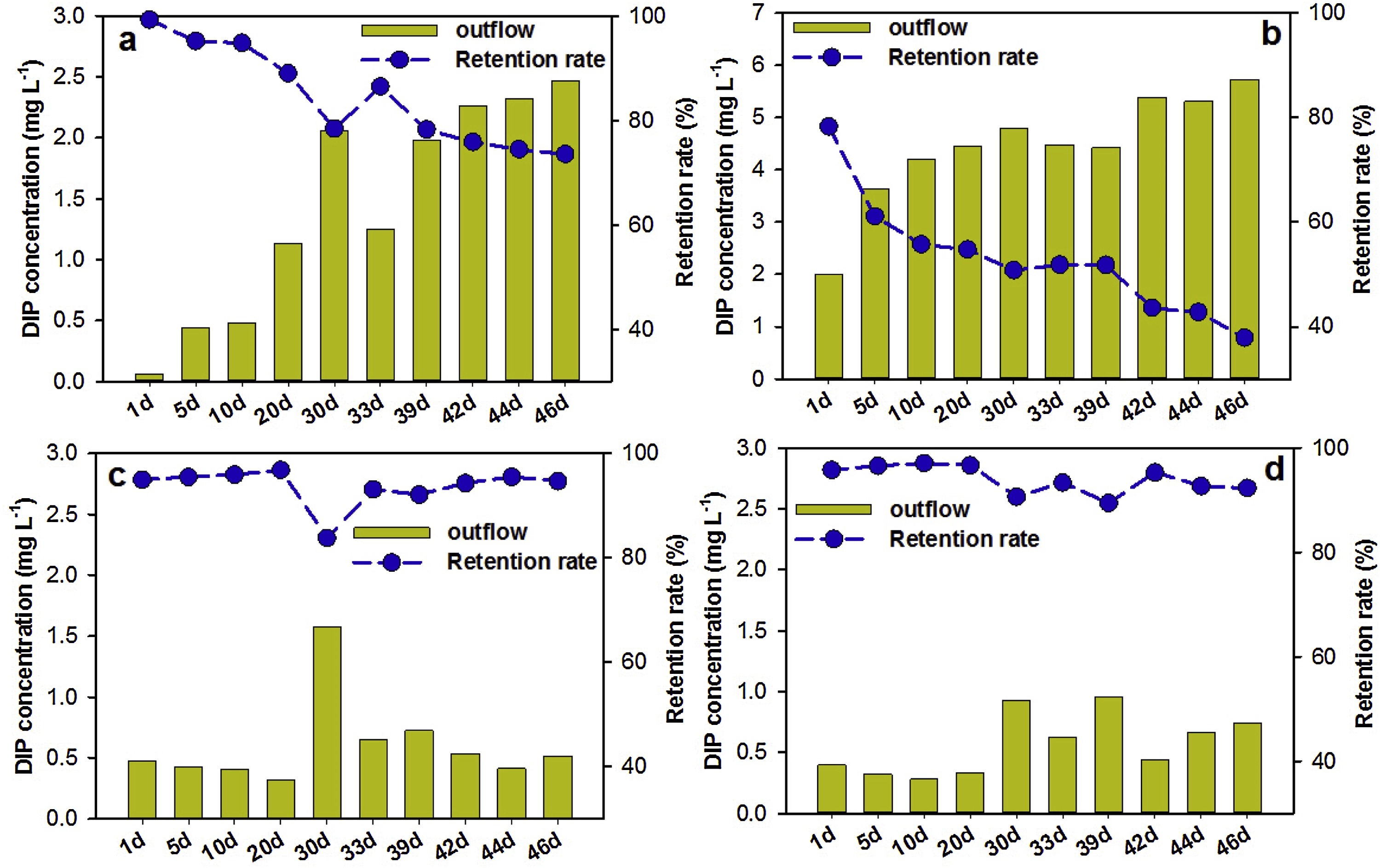About 30-50% of the Earth's surface is affected by agricultural non-point source (ANPS) pollution. Since the mid-2000s, agriculture has surpassed industry as the largest polluter of the water system in China. ANPS phosphorus (P) and Nitrogen (N) pollution has gradually become the focus of eutrophication treatment of rivers, lakes and reservoirs.
Due to different chemical properties of P and N, there are differences in their speciation, migration and transformation processes, and their controlling factors in farmland runoff. Simultaneously and efficiently reducing the input of ANPS P and N pollution and decreasing their contribution to nutrients in lakes and reservoirs is still a technical challenge in controlling ANPS pollution.
Prof. CHEN Jingan's research team from the Institute of Geochemistry of the Chinese Academy of Sciences (IGCAS) applied natural zeolite (NZ), aluminum modified clay (AMC) and lanthanum modified bentonite (LaMB) to improve the natural soil in the lakeside zone of a typical small watershed (Kelan reservoir) in Guangxi, China.
They studied the dissolved inorganic P (DIP) and ammonia nitrogen removal efficiency and fixation mechanism of three amended soils under simulation conditions.
The results showed that natural soil had a high fraction of clay and silt (particle size<20μm; 75.2%), and had a high removal rate of >95% for the DIP at the beginning of the experiment. Nevertheless, with the intermittent input of farmland drainage, the P removal rate of natural soil from runoff decreased gradually.
Compared with the control group, NZ amended soil had a weak interception capacity of runoff P pollutant. However, P removal rates of AMC- and LaMB amended soils remained at a high level within 46 days, with means of 93.6% and 93.9%.
The chemical sequential extraction showed that AMC increased soil P capacity by forming NaOH-P and NaHCO3-P, while LaMB by forming NaOH-P, NaHCO3-P and Residual-P. AMC-and LaMB-amended soils were effective technologies for controlling ANPS P pollution.
In addition, LaMB amended soil simultaneously removed ammonia from farmland runoff, with a 89.3 % removal rate. Therefore, LaBM amended soil with 3 % mass ratio is recommended for ANPS N and P pollution control in lakeside zone. AMC- and LaMB amended soils were proved to be potential and effective technologies for ANPS pollution control.
This study sheds new light on the treatment of ANPS pollutants and the construction of lakeside buffer zone in eutrophic watershed.
This study, published in Agriculture, Ecosystems and Environment, was supported by the Major Science and Technology Projects in Guangxi Province, the Youth Innovation Promotion Association CAS, the Chinese NSF project, CAS Interdisciplinary Innovation Team, and the National Key Research and Development Project by MOST of China.
|

|
|
Fig.1 Variation in DIP concentration in the effluent and the removal rate of DIP using unamended-(a), NZ-(b), AMC-(c), and LaMB-amended(d) soils over time (Image by IGCAS) |
|

|
| Fig.2 Time variation of ammonia nitrogen concentrations in the outflow and retention rates for unamended-(a), NZ-(b), AMC-(c), and LaMB-amended(d) soils. (Image by IGCAS) |
Contact: CHEN Jingan
Institute of Geochemistry, Chinese Academy of Sciences
E-mail: chenjingan@vip.gyig.ac.cn
(By Prof. CHEN Jingan's research group)